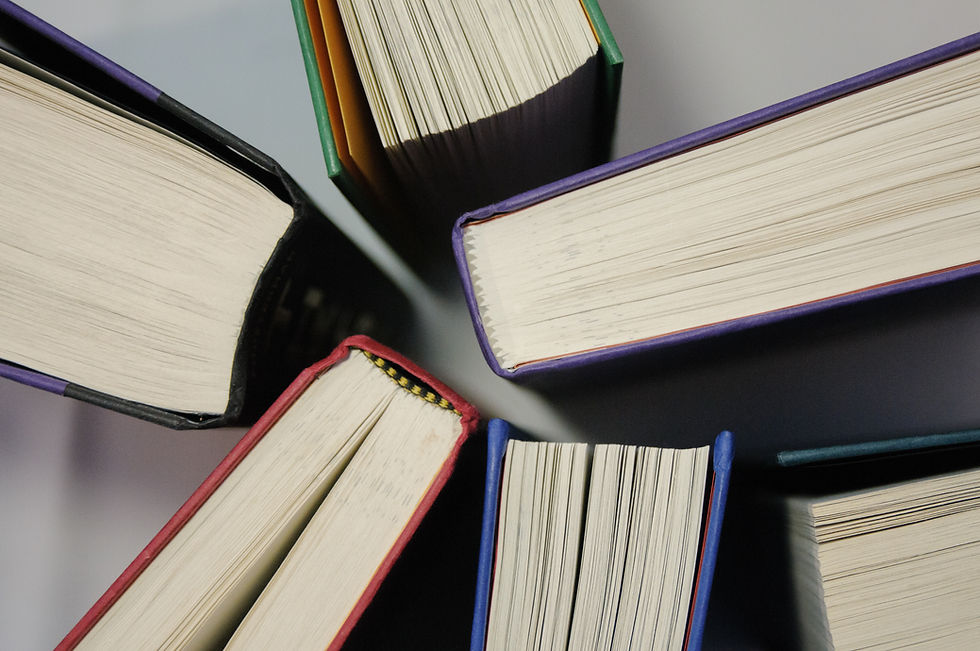I am a lawyer, an entrepreneur, and one who has watched the rise of NFTs in the world of art with a mixture of awe and much scepticism. The boom of NFTs was audacious and full of vision-the cornerstones of any paradigmatic shift. Yet, these very galleries that hitched their horses exclusively to NFTs failed to sustain. This phenomenon illustrates important lessons from the industry and underlines some of the challenges and opportunities that digital assets pose for the art market.
What Went Wrong?
Misreading the Collector Base
Art markets are as much about human emotion and connection as they are about value. Traditional collectors often seek a tactile relationship with their acquisitions—a physical print, a canvas, or even the sense of place that a gallery provides. Meanwhile, many of the galleries that had moved into NFTs had been ignoring the complicated nature of their audience-the seamless bridge between the digital and physical worlds. To a large number of collectors, an NFT unto itself-it not being tethered to a tangible counterpart-feels remote and impersonal.
Legal Ambiguities: Ownership and Authenticity
The NFTs, extolled as the ultimate way of proving ownership of digital items, in most ways remain mired in legal murkiness. There have also been questions as to what, precisely, is being owned when it comes to an NFT: ownership of the artwork or of the token? What rights does a buyer have to reproduce or display the work? Where NFTs are linked with physical prints, consistency and authenticity become thorny. The lack of standardised contracts and enforceable rights has left both buyers and galleries open to ambiguity.
Market Volatility
The market for NFTs is, similar to any cryptocurrency, inherently volatile. Price surges and crashes make for a very unpredictable environment that many galleries were very poorly prepared for. At best, betting an entire business model on such instability was a gamble.
Lack of Industry-Wide Education
Few artists and galleries that entered the NFT space did so with much more than excitement, really understanding the blockchain technology behind it, the implications on copyright, or what digital-native collectors want. In fact, lack of education throughout generally led to missed opportunities and distrust among potential buyers.
Opportunities and Possible Solutions
Digital and Physical Realms
To find a solution for the disconnectedness of NFTs with collectors, galleries may want to lean into hybrid models. Conjoining an NFT with a high-quality physical print, a VR/AR experience, or access to an event or community could add more tangibility in value to a collector. Weaving narratives that bridge digital and physical can make NFTs more relatable to traditional collectors.
Building Trust Through Clear Contracts
Clear legality is crucial for the development of the NFT art market. Galleries need to invest in solid contracts which delineate, with clarity, ownership, copyright, and resale rights regarding both the NFT and any physical artwork issued in connection with it. Transparency is not only going to protect the buyer but also give them long-term confidence.
Education of Artists, Collectors, and Galleries
This industry needs to educate the masses. Workshops and webinars with participating tech-savvy professionals serve to demystify blockchain technology and what it all means. Educate collectors about what NFTs can and can't do for them, so collectors can make better, wiser purchases and, therefore, a more steady and serious market.
Diversification to Address Volatility
It is no longer tenable for one to exclusively bet on NFTs. Galleries should expand by adding NFTs into their broader offerings, rather than be dependent on NFTs as their sole locus. This is affording them a shock absorber against market volatility, with innovation still on the table.
A Future We Cannot Afford to Ignore
This does not mean that the movement of digital art has met its demise; if anything, it has only just started. The failures of early adopters, so to speak, are not signs of doom but part of the necessary process of evolution. Those who dared to experiment have paved the way for a more mature, nuanced approach to NFTs and digital art.
The world is irretrievably steeped in digital reality. For every artist who resists this, that is his choice to be honoured. However, from that crossroads of technology and imagination, amazing inventions are developing even as some of it misses the connection with everybody. This, after all, is the nature of every cultural revolution-it reflects both the brilliance and the blemishes of our times.
Lastly, NFTs find a place within this unending narrative. While crossing this digital era, we must learn how to take advantage of its potential, yet keep in mind that it has limitations. The future is from those who balance tradition with innovation in order to create a new history of art reflecting our common journey on Earth. This balance of critique and hope is essential as we chart the next chapter of NFTs in the art world. Failure is not defeat; it is part of the process.
_JPG.jpg)



